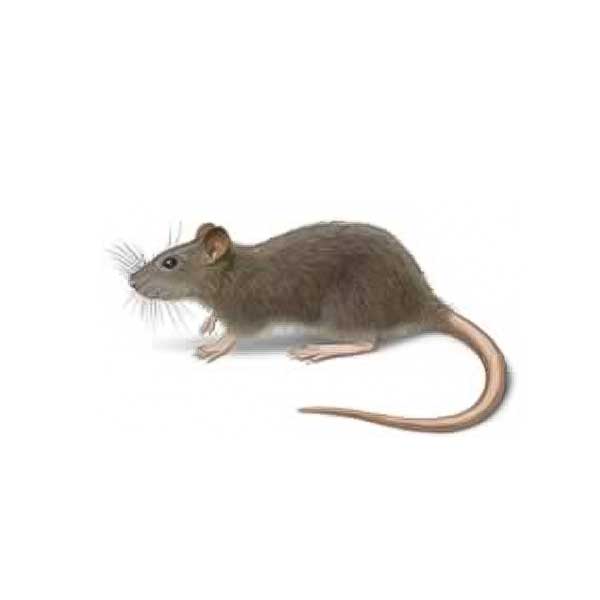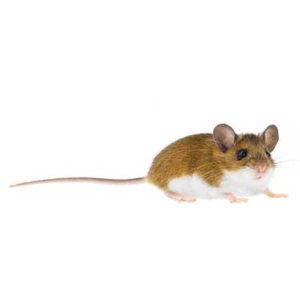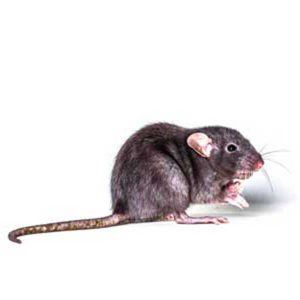Norway Rats in Georgia
Norway rats are stocky, heavy-bodied rats and are larger and more aggressive than their cousin the roof rat or black rat. Found throughout the United States, Norway rats are commensal rodents, meaning they live near and dependent on the human habitat for survival. Norway rats will eat almost anything but prefer cereal grains, meats, fish, nuts, and some fruits. Like most rodents, Norway rats are most active an hour after sunset and just before dawn. The gnawing activity of Norway rats can cause considerable damage to homes, gardens, and structures. The main concern with these rats is that they are carriers of serious diseases, including jaundice, rat bite fever, and salmonella.
Norway Rat Habitat
In general, Norway rats are ground burrowing animals and construct burrows that are 2 to 3 inches in diameter and up to 6.5 feet in length. Burrows are constructed outdoors along with foundations and gardens. Norway rats are nocturnal and will enter homes at night in search of food, returning back to their burrow. If nests are found inside homes, they are typically in basements and crawl spaces. If a population is large, Norway rats will nest in upper areas of a home or commercial property.
Norway Rat Behaviors, Threats or Dangers
Norway rats can damage foundations, slabs, garden crops, and plants as they burrow and gnaw to find food and shelter. Inside homes, Norway rats may cause extensive damage when nesting in walls and attics. Accounts of rodents starting fires through the gnawing of electrical wires have been widely reported. Chewed, exposed wires inside walls can spark, causing interior walls to catch fire. When foraging for food, these rats consume and contaminate food meant for humans, pets, and livestock. Salmonella, leptospirosis, and rat bite fever are among the dozens of diseases spread by Norway rats. If you have a Norway rat infestation on your property, always contact a licensed rodent control company.





